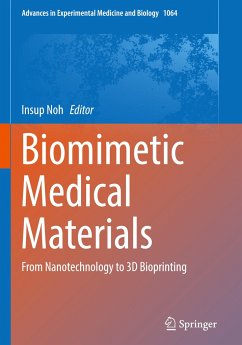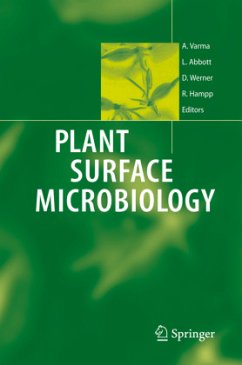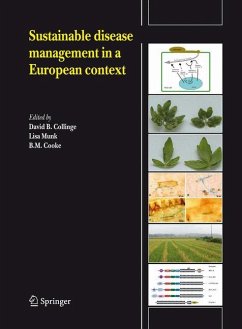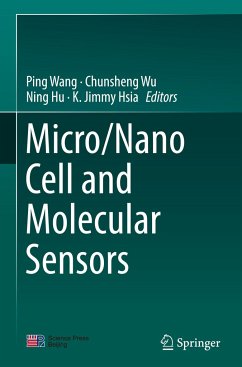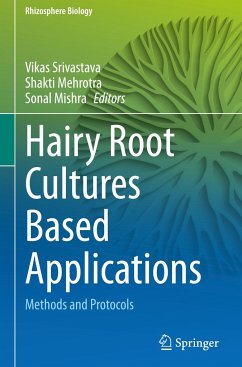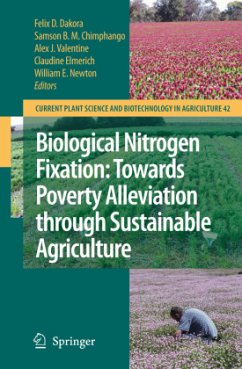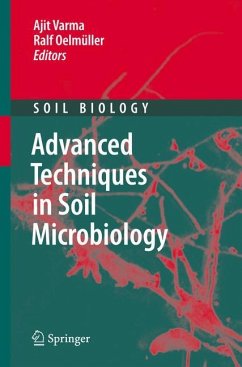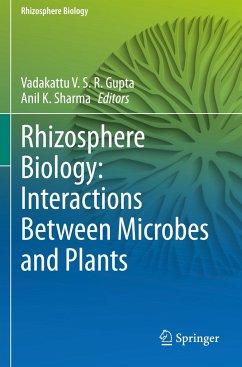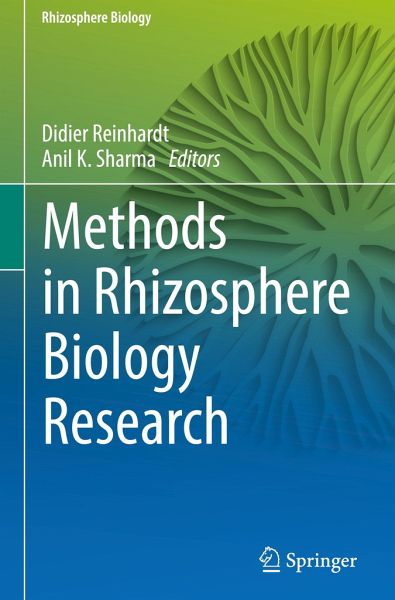
Methods in Rhizosphere Biology Research

PAYBACK Punkte
61 °P sammeln!
This book compiles various methodologies used in understanding interactions within the rhizosphere. An in-depth understanding of the rhizosphere is essential to developing successful strategies for future sustainable agriculture. The book summarizes methods and techniques used to study the mechanisms involved in mutualistic symbioses and pathogenic interactions of plants with various microbial organisms including fungi, bacteria, and oomycetes. Each chapter discusses different methodologies used in rhizosphere biology, while also providing real-world experimental data and trouble-shooting tips...
This book compiles various methodologies used in understanding interactions within the rhizosphere. An in-depth understanding of the rhizosphere is essential to developing successful strategies for future sustainable agriculture. The book summarizes methods and techniques used to study the mechanisms involved in mutualistic symbioses and pathogenic interactions of plants with various microbial organisms including fungi, bacteria, and oomycetes. Each chapter discusses different methodologies used in rhizosphere biology, while also providing real-world experimental data and trouble-shooting tips. Interested researchers will also find a wealth of literature references for further research. As the first comprehensive manual and compilation of methods and techniques used in rhizosphere biology, the book represents an essential resource for all researchers who are newcomers to soil microbiology experimentation.



